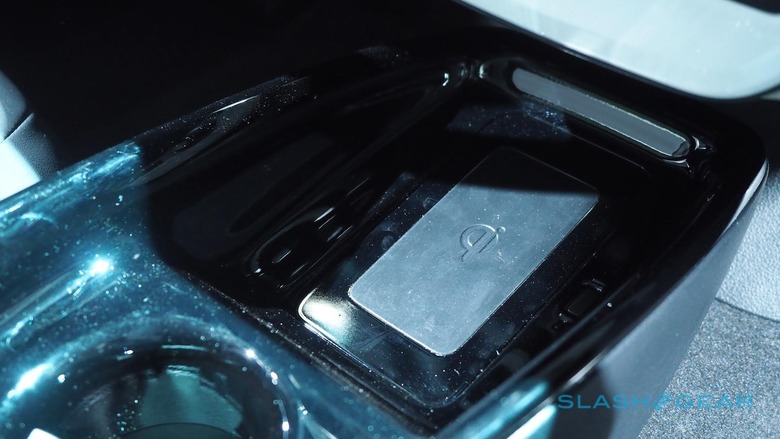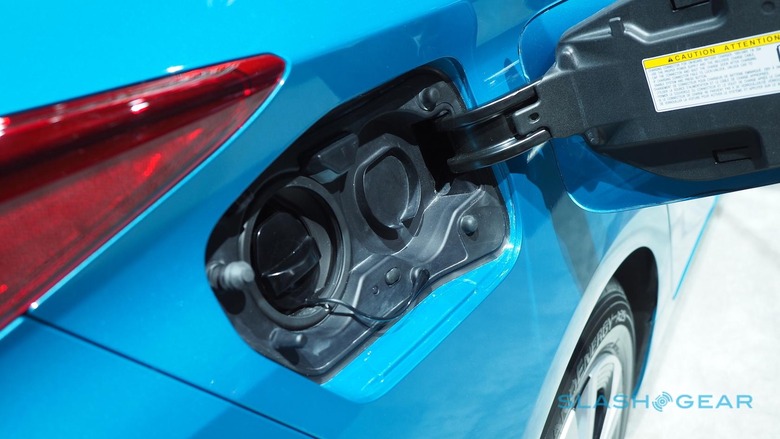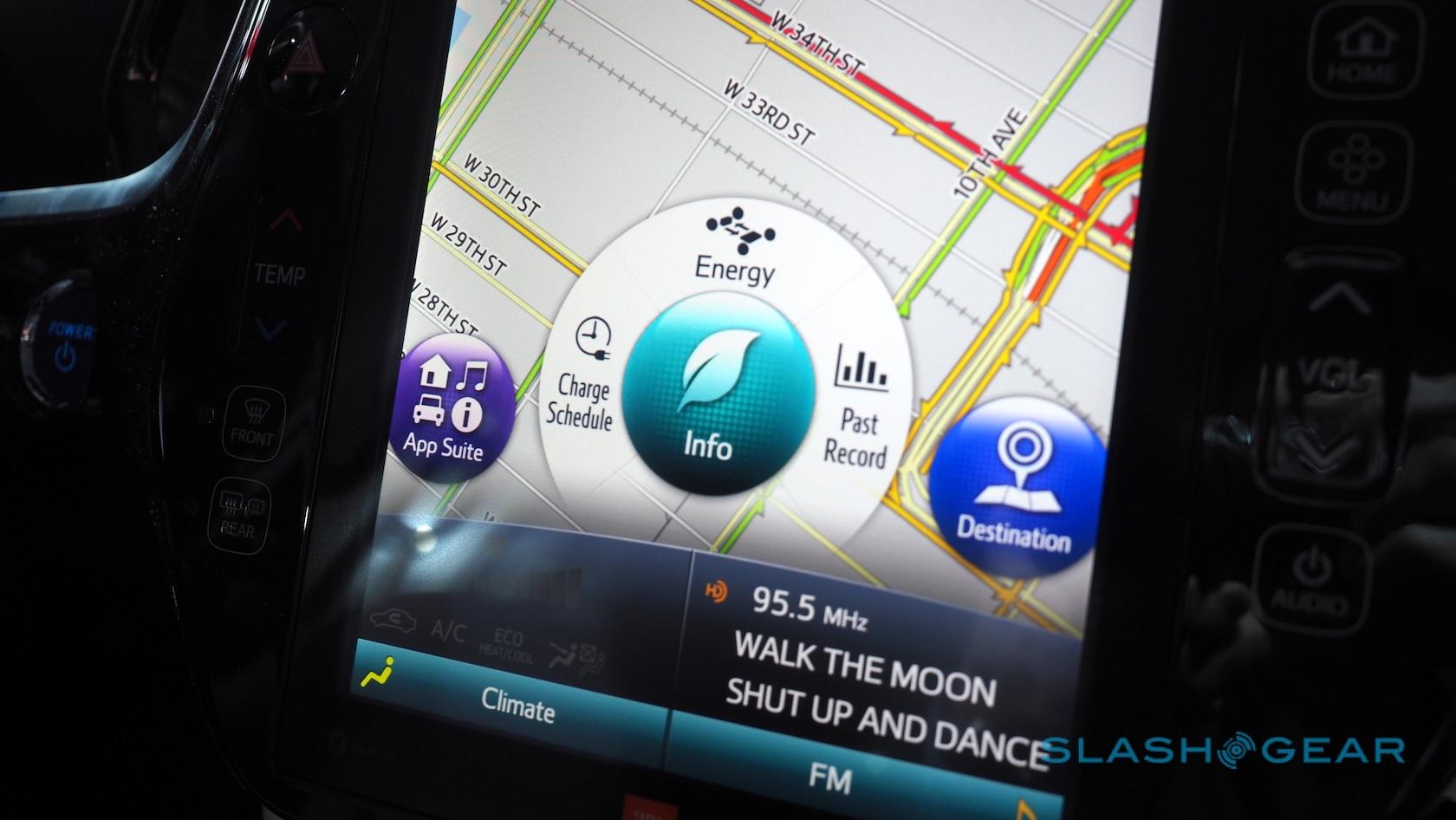In Race To Out-Tech Tesla, Toyota's Prius Prime Misses The Point
If the Toyota Prius is the de-facto geekmobile of the green movement, then the new Prius Prime is the moon buggy it aspires to grow up to be. Intended as Toyota's showcase for just what sort of technology it can squeeze into a hybrid – only without pushing the price tag up to lavish Tesla Model S levels – the new car introduces a big dashboard touchscreen, head-up display, and wireless charging, among other things. All the same, when you push gadgetry and limit price, something has to give.
The list of kit certainly isn't short. Most noticeable is the 11.6-inch portrait-aspect touchscreen in the dash, taking a (green) leaf out of Tesla's book. There's a new interface, with bubble icons for a real-time economy report, setting the charging schedule, seeing how frugal you've been over time, sharing your eco-piety with your friends on social, and other features.

ChargePoint's map of plug-in stations is built into the navigation system, too, and there's a smartphone app from which you can check power status as well as remotely turn on the air conditioning. You also get a fair amount of lag, though Toyota tells us that it's not done with the software yet.
Luckily, not everything demands the touchscreen to control, and Toyota has added a selection of touch-sensitive buttons for key features and UI navigation on the bezels either side. The stubby gearshift protrudes from just underneath, leaving the center console for a Qi wireless charging pad for a smartphone like Samsung's Galaxy S7.

Meanwhile a head-up display beams information up onto the windshield, and twin 4.2-inch LCDs sitting in the bulge atop the dashboard give efficiency reports and other information.
Some of the smarts, the Prius Prime takes care of itself. The HVAC system knows which of the four seats are occupied, for instance, automatically routing air only to where there are people sitting; that saves energy on heating or cooling. A heat pump can operate while the engine is off, too, and heated front seats are standard-fit.

As for the powertrain, Toyota has doubled the all-electric range versus the old plug-in Prius. Don't go expecting some vast, Tesla-like figure, mind: we're talking 22 miles from the batteries, which take around 5.5 hours to recharge from a regular 110V household outlet.
Still, you can drive at up to 84 mph on electric power alone, and Toyota says it expects the car to hit 120 MPGe and meet the commuting distance needs of 50-percent of US drivers without touching what's in its gas tank.

The safety technology gets a bump, too. Toyota Safety Sense P includes pre-collision automatic braking and pedestrian detection, together with lane-keep assistance, adaptive cruise control, and automatic lights. You can have blind spot monitoring, too, along with rear cross-traffic alerts.
If there's a thorn in the Prius Prime's side, it's that little of the geeky stuff comes as standard, and even then the whole thing feels built to a price. The big touchscreen is a paid option, as is the head-up display and the wireless phone charging.
Toyota Safety Sense P will set you back extra, as will blind spot monitoring and rear cross-traffic warnings. The Entune Premium JBL Audio system is extra for its 10 speakers, and so is the intelligent parking assistance which can steer you into a parallel parking space.

NOW READ: 2016 Toyota Prius first drive
Everything feels unpleasantly plasticky, too, and the synthetic leather seats – another paid option – aren't especially convincing even as faux-hide goes. Toyota is keen to point out that the two Prius Prime cars it has in New York this week are still prototypes, but it remains to be seen whether the company can raise the perceived quality as much as its raised the car's geek-appeal.
We'll know for sure when the 2017 Prius Prime heads to US forecourts this fall, with pricing to be announced closer to release.
[gallerybanner p="433377"]





